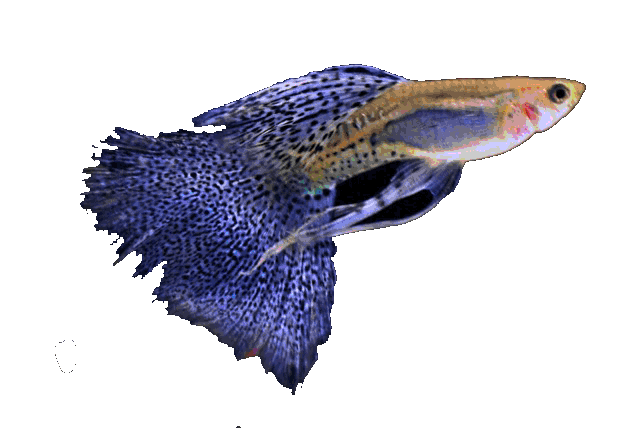



Basic data:
Scientific name: Skiffia francesae (Kingston, 1978)
Explanation of words: The species name is named after Frances H. Miller.
Slovenian name: Zlata skifia
Group: Livebirds
Source: Mexico , Rio Teuchitlan
Size: Up to 4.2 cm, females for cognition larger
Biotope / habitat : Rio Te uchitlan
Social behavior: Extremely calm species.
Diet: Omnivore, predominantly plant food / algae and decaying plants, also takes flakes and insects on the surface
Cultivation: Quite easy
Aquarium: Minimum 80 liters
Population: group per 80 liters of water
Decoration: Stones, sand / fine substrate, water lentils, algae and water hyacinth, roots, ...
Temperature: 17-26 ° C
pH: 6.5-7.9
Hardness: from 5 ° dGh to 20 ° dGh
Lifespan: up to 5 years
Skiffia francesae Golden Scythia
Kingdom: Animalia / animals
Trunk: Chordata / string players
Class: Actinopterygii / arthropods
Order: Cyprinodontiformes / Toothpicks
Family: Goodeidae / live-bearing Mexican carp
Genus: Skiffia
Species: Skiffia francesae (Kingston, 1978)



